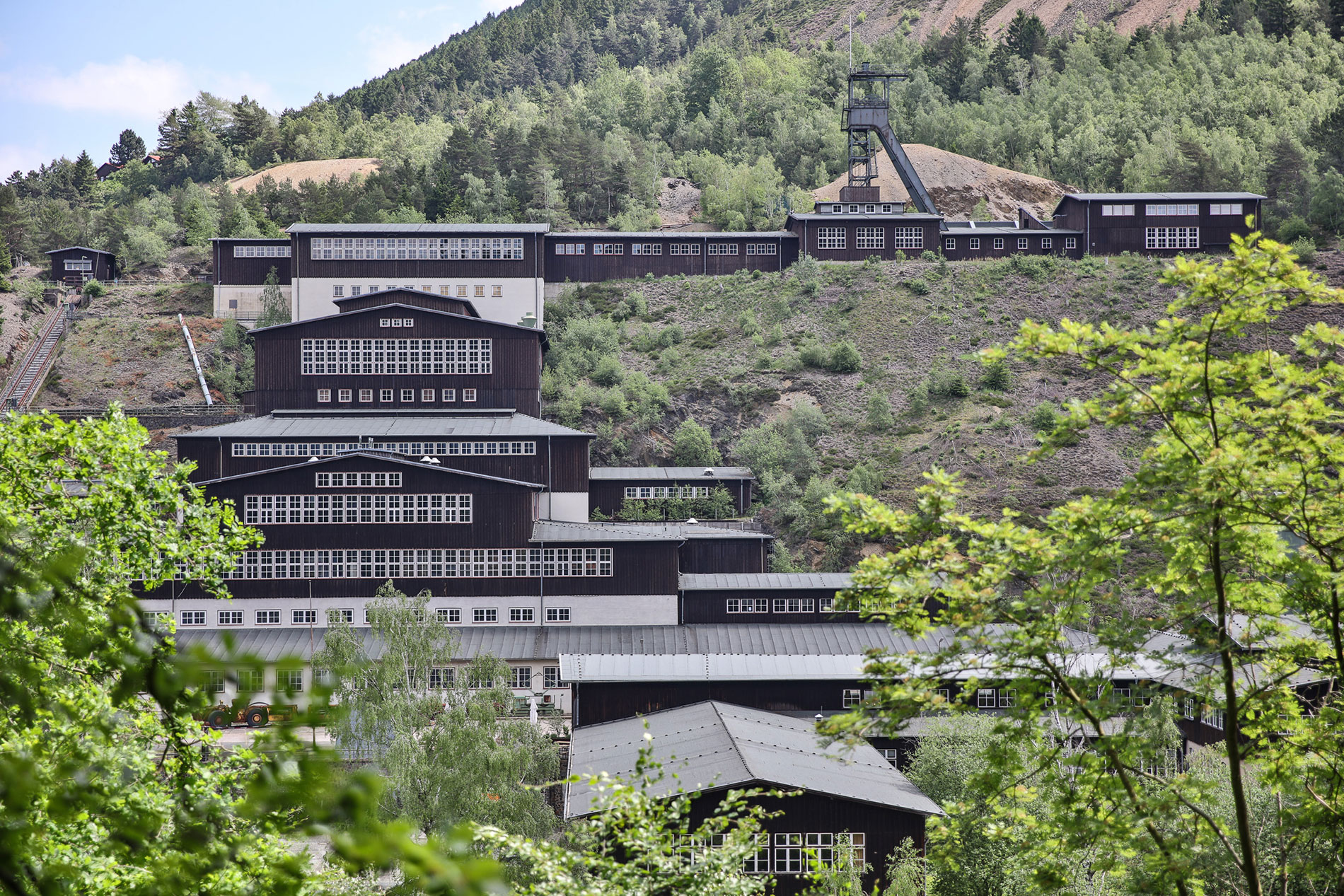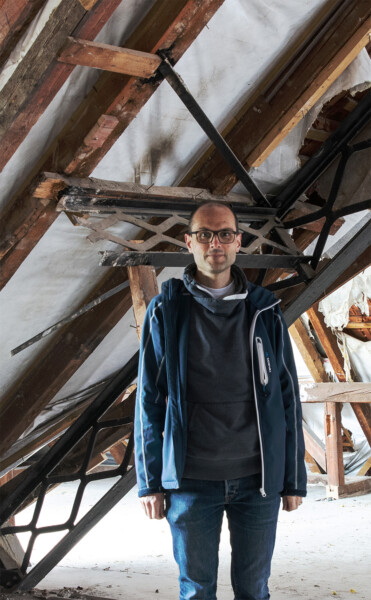The above-ground structures of the Rammelsberg in Goslar – from a mining-industrial complex to a UNESCO World Heritage Site
The Rammelsberg ore mine is an architectural testimony to over a thousand years of mining history in the Harz Mountains. Together with the old town of Goslar and the Upper Harz water management system, the mine with its above-ground and underground structures is listed as a UNESCO World Heritage Site. The Rammelsberg is also protected as a cultural monument under the Lower Saxony Monument Protection Act.
The aim of the project is to record the above-ground structures of the ore mine in their entirety in three dimensions and thus to reconstruct the construction history of the site in full and in depth for the first time. New laser scans of the existing buildings as well as historical images (plans, photographs, etc.) and text sources from various archives will be evaluated for this purpose. The building history of the Rammelsberg includes not only the phase of mining industry use, but also that of museum presentation, which has now left numerous traces in the building stock.
A digital development model of the site will emerge from the documentation, the classification of the individual components in terms of building history and industrial history and the reconstruction of lost buildings. It makes the history of the above-ground components of the Rammelsberg ore mine immediately clear and illustrates the historical and functional relationships between the existing and lost components. In addition, the model functions as a “digital room book” that provides a new basis for the preservation and further development of the monument: systematic maintenance measures and any necessary interventions can be documented in it; for future planning, the specific monument preservation requirements can be stored “component-specific”.
The project thus pursues an interdisciplinary approach: architectural, construction and industrial history issues relating to the development and significance of the Rammelsberg mine complex are pursued, as are questions relating to the conservation of an extremely complex object of mining history. Together with experts from the NLD and in consultation with the owner, a guideline for action is also being developed, which is to become part of the future master plan for the preservation of the Rammelsberg.
As a result, the project will be linked to other research projects investigating the underground components of the mine – the NLD is currently working with its mining archaeology department on a BMBF project for laser scanning of the mine workings.
The Lower Saxony Monument Atlas, with which the NLD is currently (2020-24) qualifying the list of cultural monuments in Lower Saxony and making it available to the public online, provides an interface with the other World Heritage sites and objects in the Harz Mountains and the city of Goslar: as a map-based representation of all architectural monuments, the Monument Atlas makes spatial relationships between the individual sites immediately clear, and archaeological ground monuments can also be related to them.
Project team
The Lower Saxony State Office for Monument Preservation (NLD) and the Institute for Building Conservation and Structures (ibt) at the Technical University of Braunschweig have formed an interdisciplinary working group for the project. The working group works closely with the experts from the Harz Cultural Heritage Foundation and the Rammelsberg Visitor Mine Museum.
Further cooperation
Dr.-Ing Yahya Ghassoun (research assistant at the Lower Saxony State Office for Monument Preservation)
e-mail: y.ghassoun@tu-bs.de







